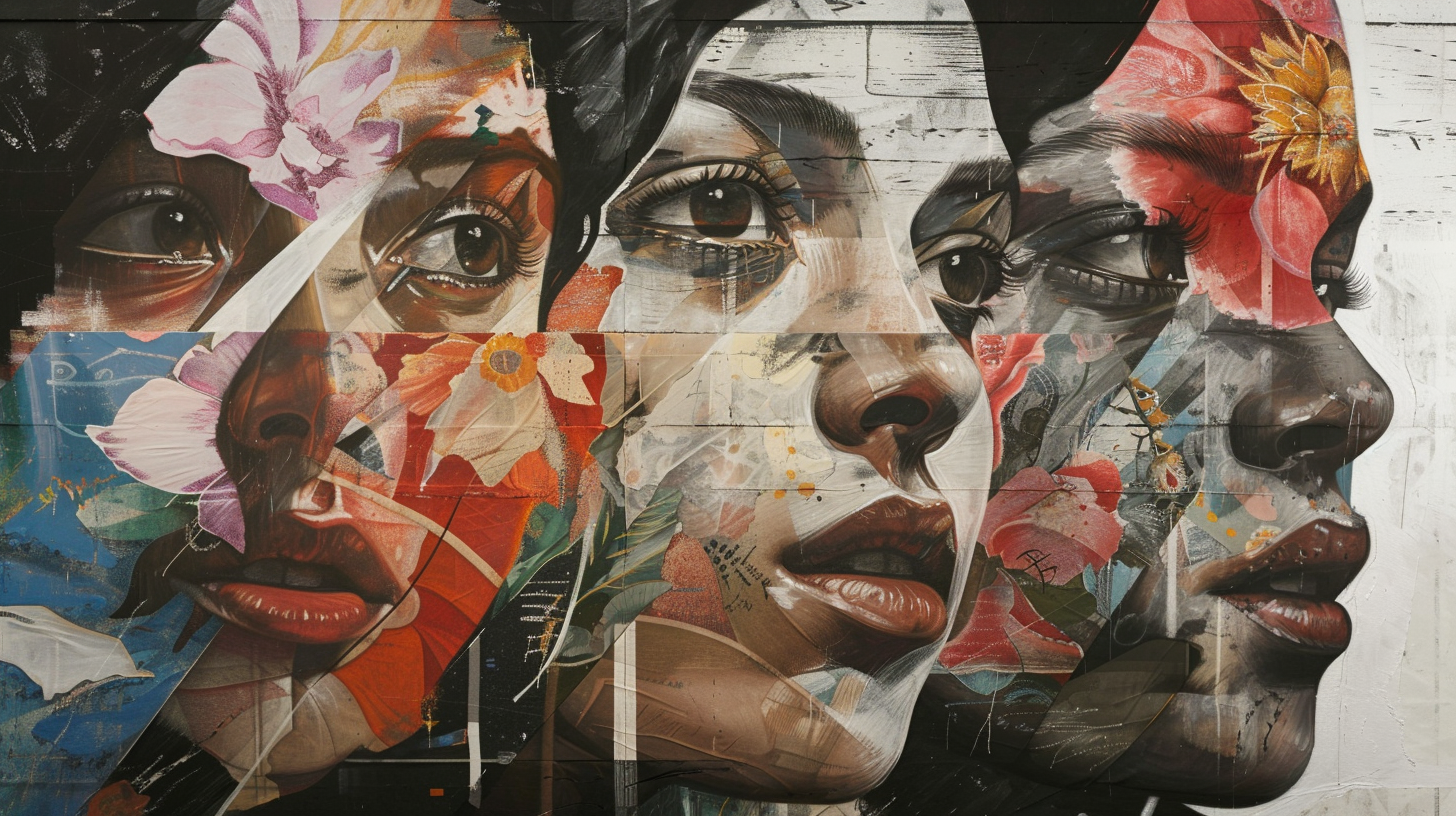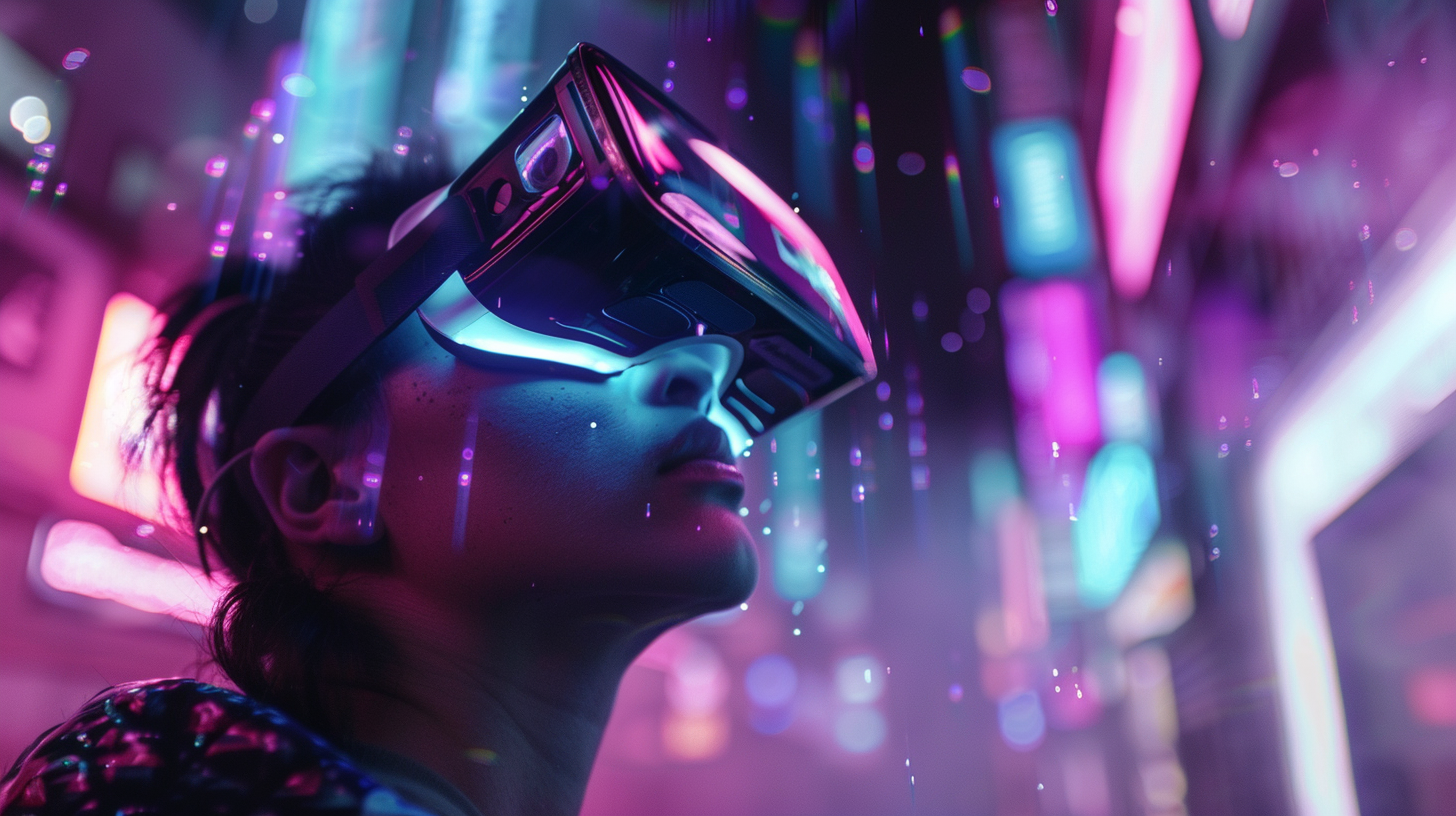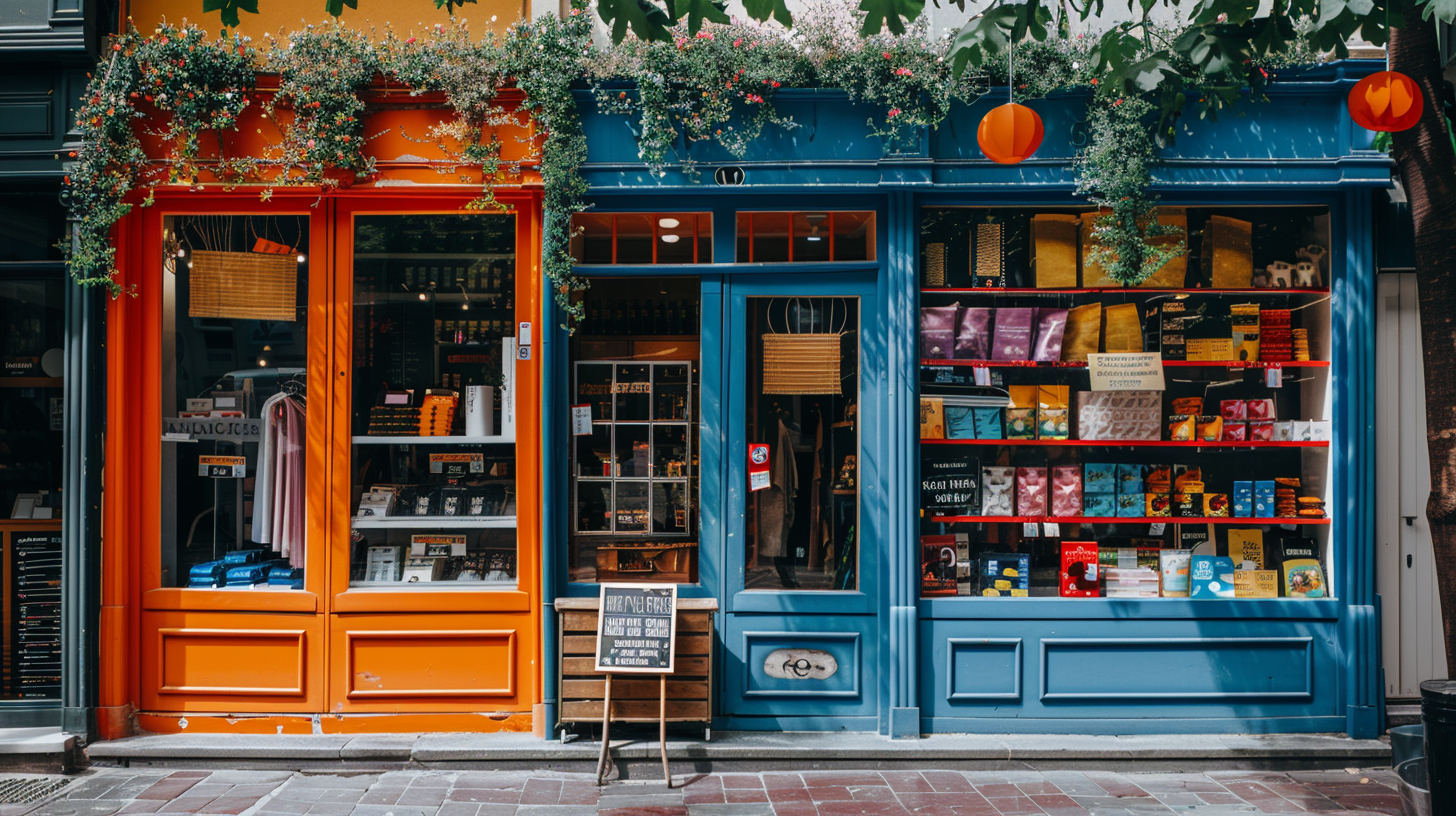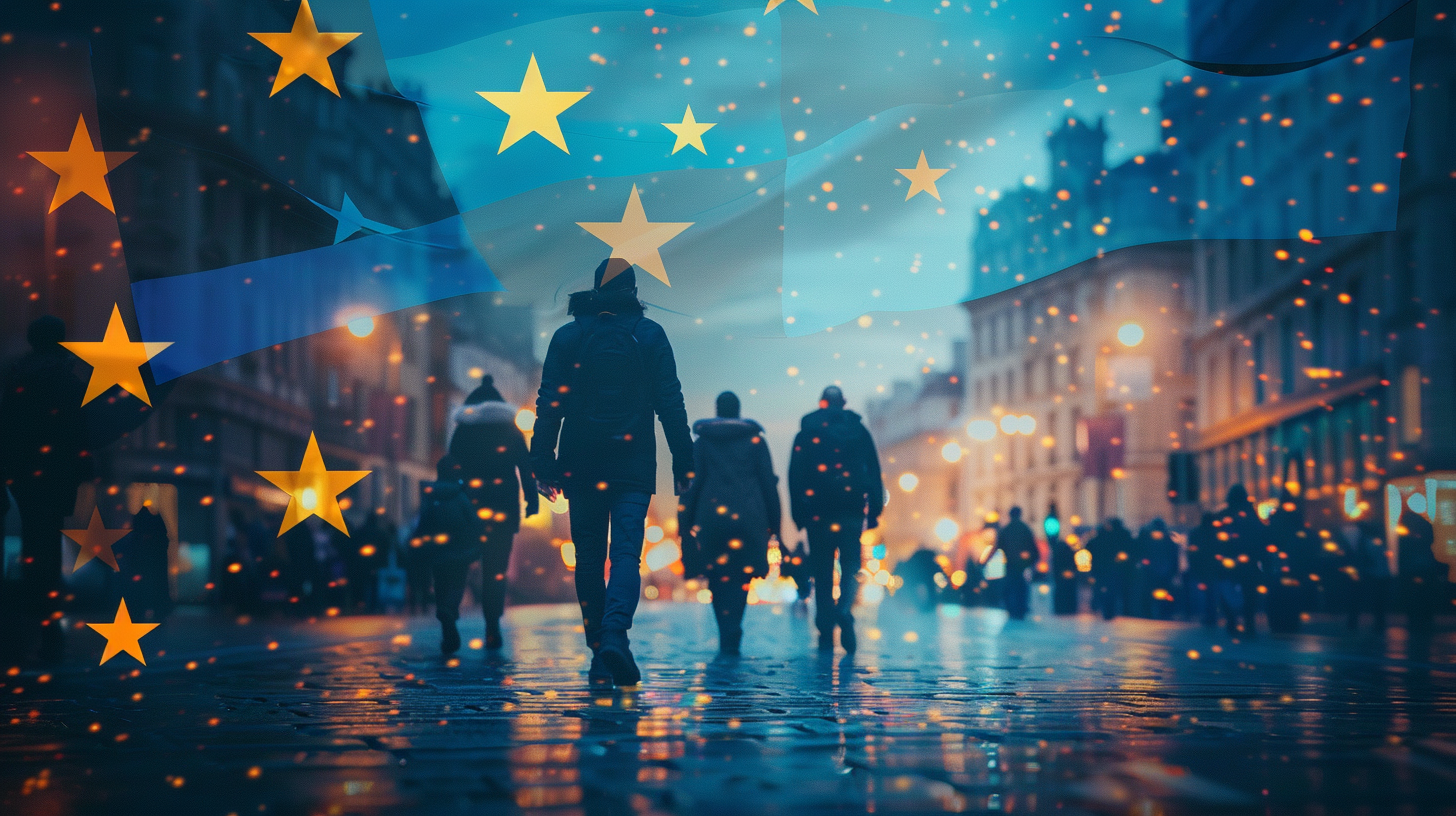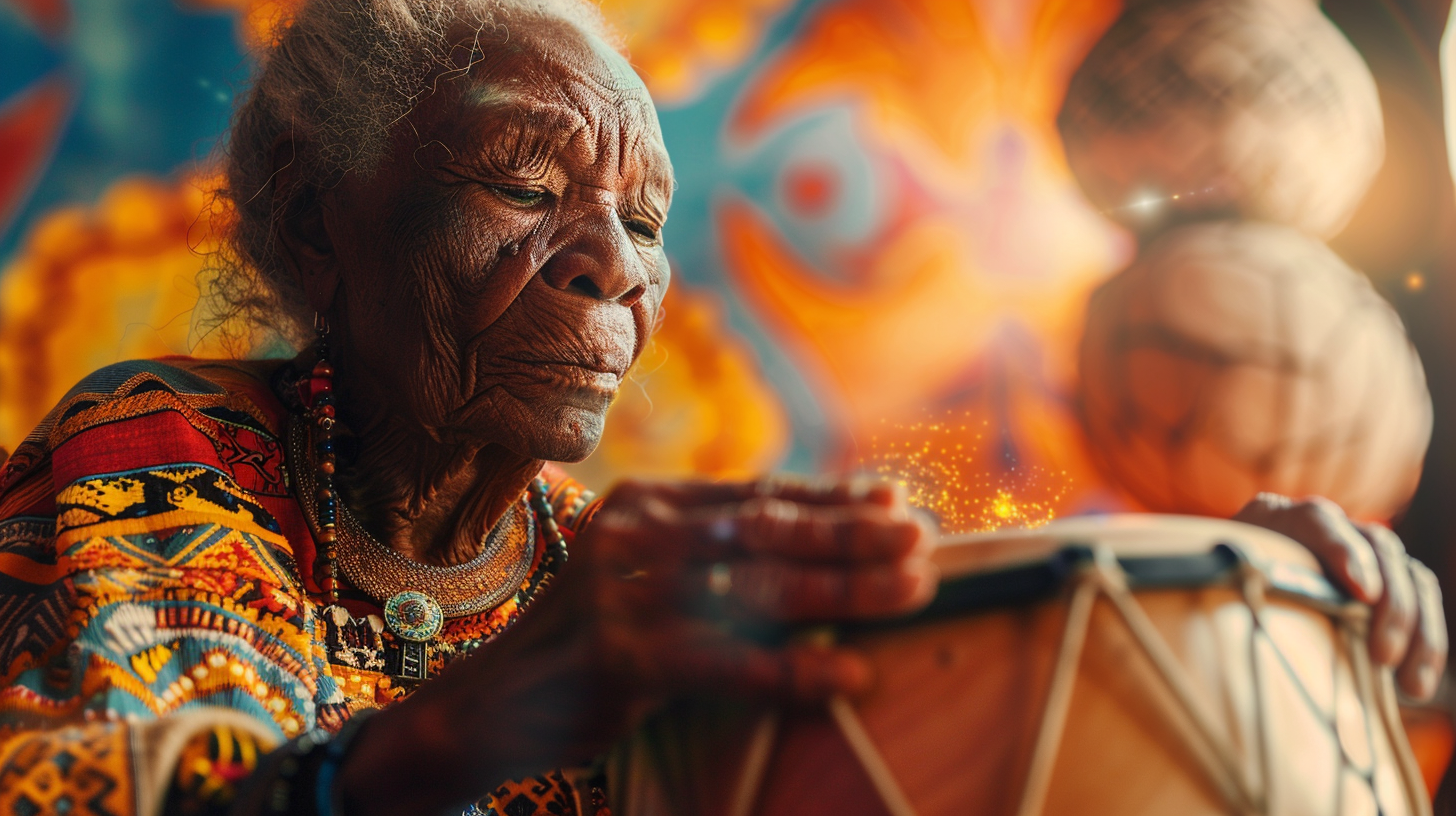Table of Contents Show
In the tapestry of contemporary art, each thread of social issue weaves a complex narrative that shapes movements beyond the canvas. We’ve seen firsthand how art reflects and reacts to the pressing concerns of our times, from climate change to gender equality, racial identity, and beyond. Our exploration isn’t just about observing these influences; it’s about understanding the profound ways in which artists channel societal shifts into their work, sparking conversations and potentially fostering change. As we untangle this intricate relationship, we invite you to join us in contemplating how these dynamic forces shape the art world and, by extension, our collective consciousness.
Key Takeaways
- Contemporary art movements are deeply influenced by the push for social justice, reflecting societal issues like racial inequality and gender discrimination.
- Artists utilize their work to raise awareness about climate change, showcasing environmental degradation and inspiring action for a sustainable future.
- The representation of women and the challenge to traditional gender roles are central themes, promoting gender equality through diverse artistic expressions.
- Intersectionality is pivotal in contemporary art, offering nuanced perspectives on social issues and fostering inclusivity and societal change.
Social Justice and Art
In contemporary art movements, we often see artists using their work as a powerful tool to advocate for social justice issues, directly challenging societal norms and sparking meaningful conversations. It’s a bold stand, one that doesn’t just mirror society but actively seeks to question and transform it. We’re witnessing a dynamic shift where art isn’t just about aesthetics; it’s a form of rebellion, a plea for change, and a platform for the unheard.
Through murals, sculptures, installations, and performances, artists are tackling issues from racial inequality to gender discrimination, and human rights abuses. They’re not just making statements; they’re catalyzing action. It’s as if every brushstroke, every sculpted curve speaks of a desire for a more just world. And we’re here for it, supporting and amplifying their voices.
We’ve realized that to engage with contemporary art is to engage with the issues it represents. It’s not enough to admire a piece for its beauty; we must dig deeper into its context, understand its message, and reflect on our own positions within these narratives. This engagement doesn’t just broaden our aesthetic appreciation; it challenges us to think critically about the world around us and our role in shaping it.
Art has the power to transcend barriers, to touch hearts and minds in ways that words alone cannot. We’re seeing artists use this power not just to reflect the world as it is, but to imagine the world as it could be. And in doing so, they’re not just creating art; they’re inspiring a movement towards freedom and justice for all.
Climate Change Reflections
We’re now turning our attention to how contemporary art reflects on climate change, capturing the essence of our planet’s environmental crisis. Through artistic portrayals of disruption, we see the raw impact of our actions on Earth, while eco-anxiety in creativity exposes our collective fears and hopes. Finally, themes of renewal in art inspire us with visions of recovery and rebirth, urging us toward a more sustainable future.
Artistic Portrayals of Disruption
Throughout recent years, we’ve witnessed an increasing number of artists using their work to reflect the urgent and disruptive nature of climate change. They’ve boldly stepped forward, embedding their creations with stark visuals and narratives that capture the essence of our planet’s distress. These artists aren’t just painting landscapes; they’re showcasing the harsh realities of environmental degradation, from melting ice caps to raging wildfires. Their work serves as a wake-up call, urging us to confront the uncomfortable truth of our impact on the Earth. By intertwining art with activism, they’re not only drawing attention to climate change but also empowering viewers. They encourage us to envision a future where we live in harmony with our environment, free from the chains of ecological neglect.
Eco-Anxiety in Creativity
Artists across the globe are channeling their eco-anxiety into powerful creative expressions that reflect deep concerns about climate change. We’re witnessing a surge in artworks that not only highlight the fragility of our planet but also call for urgent action. These pieces serve as a stark reminder of what’s at stake if we continue to ignore the environmental crisis.
- Melting ice sculptures in public spaces, symbolizing the disappearing polar ice caps.
- Oil paintings of smog-filled skies, forcing us to confront the air pollution suffocating our cities.
- Installations using recycled materials, showcasing the beauty that can arise from waste.
- Interactive digital art that changes as global temperatures rise, making climate change undeniable.
We’re driven to break free from passivity and inspire change through our creativity.
Renewal Themes in Art
In the face of escalating environmental challenges, many contemporary artists are weaving themes of renewal and rebirth into their work, mirroring the planet’s urgent need for healing. They’re not just highlighting the problems; they’re inspiring us to envision a world reborn, where nature and humanity coexist in harmony. Through their art, they’re planting seeds of hope and urging us to take action, to break free from the chains of complacency. We’re seeing vibrant murals, sculptures, and installations that not only reflect the beauty of our planet but also its resilience. These artists are pushing us to see beyond the doom, to imagine—and work towards—a brighter, greener future. They’re reminding us that we’re not just bystanders but active participants in shaping our world’s destiny.
Gender Equality Portrayals
We’re now turning our focus to how contemporary art movements depict gender equality, highlighting the evolving representation of females, the challenge to traditional gender roles, and the embrace of intersectionality. These artistic expressions not only mirror societal shifts but also push the boundaries of gender perceptions. Through visual narratives, artists are sparking important conversations about equality and inclusivity.
Evolving Female Representation
As societal norms evolve, so too does the portrayal of gender equality and female representation in contemporary art movements. We’ve witnessed a transformative shift that not only challenges the status quo but also empowers women to redefine their roles in both the art world and society at large. This evolution is vital for fostering a culture that values freedom and equality.
- Empowerment: Artists are creating works that celebrate female strength, resilience, and independence.
- Visibility: Increasing representation of women across all forms of media disrupts traditional narratives.
- Diversity: Celebrating the diverse experiences of women from various backgrounds and cultures.
- Dialogue: Art serves as a catalyst for conversations about gender equality, inspiring societal change.
Together, we’re breaking barriers and paving the way for a more inclusive and equitable future.
Artistic Gender Role Challenges
Building on the evolving representation of women, contemporary art now boldly challenges traditional gender roles, spotlighting the quest for gender equality. We’re seeing artists disrupt the status quo, using their work to question and dismantle the rigid structures that have long defined what it means to be masculine or feminine. This isn’t just about fighting for women’s space in the art world; it’s a broader battle for freedom of expression, for the right to be seen and recognized beyond societal expectations. Through painting, sculpture, performance, and digital mediums, artists are crafting narratives that embrace a spectrum of identities, advocating for a world where everyone’s truth is celebrated. We’re part of a movement that refuses to let gender confine creativity, pushing boundaries to inspire change and foster a more inclusive society.
Intersectionality in Art Movements
Contemporary art movements are increasingly embracing intersectionality, showcasing how gender equality intersects with other social issues to shape our understanding and experience of the world. We’re witnessing an era where artists are fearlessly addressing the layered realities of identity, pushing us to confront our biases and embrace a broader spectrum of human experience.
- Empathy – Art that digs into the complexities of identity fosters a deeper empathy among viewers.
- Liberation – Each piece serves as a beacon, guiding us towards a more liberated future.
- Solidarity – Through shared stories, we find solidarity in our struggles and triumphs.
- Awareness – Art challenges us to see beyond our own perspectives, sparking a necessary dialogue about equality.
In this journey, we’re not just observers; we’re active participants in shaping a world where freedom and equality are not just ideals, but realities.
Racial Identity Exploration
Many artists explore the intricacies of racial identity, using their works to investigate and challenge societal perceptions. This exploration often serves as a crucial tool for highlighting the rich tapestry of experiences that define the human condition across different races and cultures. It’s not just about presenting issues; it’s about sparking conversations, pushing boundaries, and encouraging a deeper understanding and appreciation of diversity.
We’re witnessing a vibrant movement where artists plunge into their personal and collective histories, bringing to light stories that have been overlooked or untold. They’re not just creating art; they’re creating narratives that question and dismantle stereotypes, offering new perspectives on identity, belonging, and resilience. This isn’t just about representation; it’s about reclamation of identity and history, about asserting the right to be seen and heard on one’s own terms.
Through various mediums—painting, sculpture, performance art, and digital media—artists are laying bare the injustices and inequalities that have long been woven into the fabric of societies. But more than that, they’re celebrating the beauty, strength, and diversity of racial identities, challenging us to look beyond the surface and appreciate the myriad ways in which race shapes our experiences and interactions.
This journey into racial identity exploration is crucial. It’s not just an artistic trend; it’s a movement towards greater understanding, empathy, and freedom. By engaging with these works, we’re invited to confront our own biases and assumptions, to break down the barriers that divide us, and to envision a world where diversity is not just acknowledged but cherished.
Economic Disparities Commentary
In the domain of art, we frequently encounter works that poignantly critique and illuminate the pervasive issue of economic disparities. As artists reflect upon the world around us, they hold up a mirror to society, showcasing the stark contrasts between wealth and poverty, privilege and need. These artistic expressions serve not only as commentary but also as catalysts for conversation and change, challenging us to confront uncomfortable truths and motivating us to aim for a more equitable world.
The power of art to evoke emotion and provoke thought on economic disparities can be seen across diverse mediums and styles, each bringing a unique perspective to the forefront. We’ve distilled this impact into four key points:
- Art exposes the harsh realities of poverty, often hidden from the public eye, making it impossible to ignore the suffering of those less fortunate.
- It celebrates the resilience and creativity of communities facing economic challenges, reminding us of the strength found in unity and shared struggle.
- Through satire and irony, art critiques the excesses of wealth, highlighting the absurdity and injustice of income inequality in a way that is both impactful and accessible.
- Art encourages a dialogue on solutions, pushing us beyond mere acknowledgment of the problem towards active engagement in seeking change.
LGBTQ+ Rights Representation
Just as art has illuminated economic disparities, it also serves as a potent platform for advocating LGBTQ+ rights, showcasing the community’s struggles, triumphs, and enduring fight for equality. Through vibrant visuals and thought-provoking installations, artists within and supportive of the LGBTQ+ community have carved out spaces for dialogue, understanding, and activism. We’re witnessing a transformative era where art doesn’t just mirror society; it challenges and reshapes our perceptions of identity and freedom.
Art forms like painting, sculpture, and performance art have become battlegrounds for LGBTQ+ representation, breaking down barriers and fostering a society that celebrates diversity. We’ve seen artists use their work to question gender norms, critique discriminatory laws, and express the beauty of queer love, thereby influencing public opinion and policy.
Let’s look at a table that briefly showcases the intersection of art and LGBTQ+ rights over recent years:
| Year | Milestone in LGBTQ+ Art |
|---|---|
| 2015 | Marriage Equality Act inspires a wave of celebratory and reflective art |
| 2017 | "Queer British Art" exhibition opens at Tate Britain, marking the 50th anniversary of the decriminalization of homosexuality in the UK |
| 2019 | The Met’s "Camp: Notes on Fashion" explores the impact of LGBTQ+ culture on fashion |
| 2020 | Black Trans Lives Matter murals emerge in response to violence against transgender individuals |
| 2021 | "Pride Publics: Words and Actions" outdoor exhibition highlights decades of LGBTQ+ activism |
We’re part of a movement that’s not just witnessing history but actively participating in its making. Art is our rallying cry, our canvas for change, ensuring that every brushstroke contributes to the fight for a world where love and identity are celebrated in all their forms.
Immigration and Cultural Identity
We’re now exploring how art reflects and shapes the complex experiences of immigration and cultural identity. As we investigate into this domain, it’s clear that contemporary artists are not just observers but active participants in the dialogue about migration, belonging, and the search for identity. Their works serve as a mirror, capturing the nuanced emotions and stories of those who traverse borders, both literal and metaphorical.
Here are four ways art evokes deep emotions regarding immigration and cultural identity:
-
Visual Narratives of Journey and Sacrifice: Through vivid imagery and symbolic elements, artists convey the harrowing journeys of immigrants, highlighting their resilience and the sacrifices made for a chance at freedom.
-
Portraits of Displacement and Hope: Artistic representations of faces from diverse backgrounds encapsulate stories of displacement, while simultaneously carrying an undercurrent of hope and the relentless pursuit of a place to call home.
-
Cultural Fusion and Identity Conflict: Pieces that blend elements from multiple cultures reflect the complex process of forming a new identity amidst the ongoing struggle between assimilation and the preservation of heritage.
-
Public Installations as Acts of Solidarity: Large-scale art installations in public spaces serve not only as reminders of the immigrants’ plight but also as bold statements of solidarity and calls to action for societal acceptance and change.
Art, in its essence, is a form of freedom—a powerful tool that not only documents the immigrant experience but also challenges and inspires us to envision a world where cultural identity is celebrated, and every individual has the liberty to belong.
Technology’s Influence on Expression
Technology has revolutionized the way artists express themselves, opening up new avenues for creativity and connection. We’ve witnessed a dramatic transformation in our approach to art, fueled by the rapid advancement of digital tools and platforms. Artists now harness technology to push the boundaries of traditional mediums, crafting experiences that resonate deeply with audiences seeking freedom and authenticity.
We’re not just talking about digital paintings or virtual reality experiences. It’s about the democratization of art, where anyone with a smartphone or a laptop can create and share their vision with the world. This shift has empowered voices that were once marginalized, giving them a platform to be heard and appreciated on a global scale.
Here’s a glimpse into how technology is reshaping artistic expression:
| Technology | Impact on Artistic Expression |
|---|---|
| Digital Art Software | Enables intricate designs impossible by hand, broadening the scope of visual creativity. |
| Social Media | Offers a platform for instant feedback and global reach, breaking down geographical barriers. |
| 3D Printing | Transforms digital designs into tangible art, blurring the lines between the virtual and the real. |
| Augmented Reality | Creates immersive experiences, allowing art to be superimposed onto the real world in innovative ways. |
We’re living in an era where the fusion of art and technology not only challenges our perceptions of what art can be but also empowers us to explore uncharted territories of human expression. As we embrace these tools, we’re finding new ways to convey our stories, emotions, and ideas, ensuring that the essence of creativity remains boundless and ever-evolving.
Globalization and Artistic Collaboration
As technology reshapes how we create and share art, globalization has similarly transformed artistic collaboration, enabling creators from different corners of the world to unite and innovate. This newfound connectivity breaks down traditional barriers, offering a proof that was once unimaginable. We’re now witnessing the birth of artworks that are not just confined to a single culture or perspective but are a melting pot of global influences.
The impact of globalization on artistic collaboration is profound, evoking emotions and fostering a sense of unity among artists and audiences alike. Consider these points:
- Empathy Across Borders: By working together, artists embed diverse narratives into their creations, making the world’s vastness feel intimately connected.
- Breaking Cultural Barriers: Collaborations often challenge and redefine cultural stereotypes, promoting a more inclusive world where everyone’s voice can be heard.
- Innovation Through Diversity: The fusion of different artistic techniques and perspectives leads to groundbreaking works, pushing the boundaries of what art can be.
- Solidarity Among Creators: These global partnerships are a proof to the strength of solidarity, proving that when we come together, we can tackle the most pressing social issues of our time.
We’re not just witnessing a transformation in how art is made; we’re part of a revolutionary movement. A movement that champions freedom, embraces diversity, and celebrates the collective power of human creativity. This is the era of globalization in the art world, and it’s thrilling to be part of this boundless journey.
Conclusion
In our journey through the vast landscape of contemporary art, we’ve witnessed how social issues shape its terrain. Like navigators charting unknown waters, artists explore into the depths of climate change, gender equality, and racial identity, reflecting our world’s complexities. Together, we’ve seen how art becomes a beacon of hope, challenging economic and LGBTQ+ rights disparities, and embracing cultural identities amidst globalization. As technology evolves, so does our collective voice, proving that in the tapestry of human experience, every thread is interconnected.
